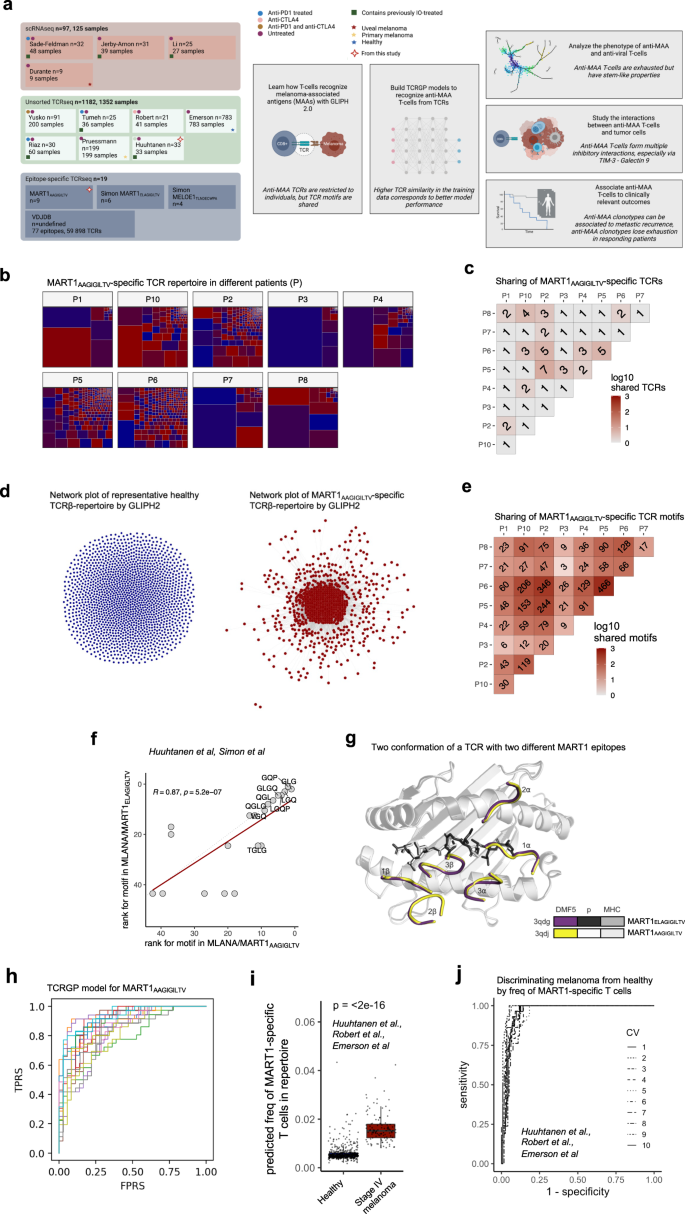2022-10-12 スイス連邦工科大学ローザンヌ校(EPFL)
研究者たちは、長寿に関連するDNA断片(遺伝子座)が、主に雌雄それぞれに固有のものであることを突き止めた。女性には寿命に影響を与える領域が第3染色体に存在するが、男性にはこの領域はない。男性の多くは、闘病や癌など、老化とは無関係の理由で若死にする。そこで、早死にする男性を分析対象から外すと、遺伝子のシグナルが浮かび上がってきた。
研究チームは、DNAの変異が遺伝子の発現に及ぼす影響を測定し、その結果を複数のヒトおよび非ヒトのデータベースと比較した。その結果、老化速度を調節する可能性の高い遺伝子を数個選び出すことができた。そして、これらの遺伝子を操作した場合の効果を線虫で検証したところ、一部の遺伝子の摂動が実際に寿命に影響を与えることを発見した。
また、年齢のしきい値によって、新しい遺伝子座が出現することで、ある年齢になって初めて関連する(寿命に影響を与える)遺伝的変異があることを示唆している。
小さい産駒のマウス(兄弟姉妹が少ない)ほど、成体時に体重が重く、寿命が短くなる傾向があることを観察した。一方、産駒の数が多いマウスは、より多くの兄弟と母乳を共有しなければならないため、成長が遅く、平均して長生きする。
<関連情報>
- https://actu.epfl.ch/news/how-genes-sex-growth-and-age-impact-lifespan/
- https://www.science.org/doi/10.1126/science.abo3191
異種マウス集団における長寿の性・年齢依存性遺伝学的研究 Sex- and age-dependent genetics of longevity in a heterogeneous mouse population
Maroun Bou Sleiman,Suheeta Roy,Arwen W. Gao,Marie C. Sadler,Giacomo V. G. von Alvensleben, Hao Li ,Saunak Sen ,David E. Harrison,James F. Nelson,Randy Strong,Richard A. Miller,Zoltán Kutalik,Robert W. Williams,Johan Auwerx
Science Published:30 Sep 2022
DOI: 10.1126/science.abo3191
Structured Abstract
INTRODUCTION
Aging is the progressive decline in physical, mental, and reproductive capacities that is accompanied by multiple morbidities and associated with increased mortality. Despite advances in identifying aging pathways and drugs that extend life span in model systems, an integrative understanding of the interplay between genetics, sex, and environment in aging and life-span determination is largely lacking.
RATIONALE
Although there is no single measure of aging, studies depend on surrogate or related traits such as longevity, life history, age-related disease onset, and physiological markers. Characterizing genetic and nongenetic determinants of longevity at the population level may identify genes and pathways involved in aging, providing avenues for targeted anti-aging therapies and extension of healthy longevity. We set out to query genetic regulators of longevity in a total of 3276 UM-HET3 mice used in longevity studies by the National Institute on Aging’s Interventions Testing Program (NIA ITP). We interrogated whether the genetic basis of longevity is sex and age dependent, and whether nongenetic factors such as litter size and the effect of early access to nutrients on growth contribute to longevity determination. We characterized the age- and genotype-dependent changes in liver gene expression in mice from the same genetic cross. Finally, we integrated these results with orthogonal datasets to obtain a resource of prioritized candidate genetic loci and genes for further investigation.
RESULTS
When jointly analyzing males and females, we obtained a single, previously described, longevity locus on chromosome 12. However, when analyzed separately, males and females had distinct genetic determinants of longevity. In females, a single locus on chromosome 3 was uncovered, whereas in males, loci were detected only when early deaths were excluded, suggesting that some genetic variations had an effect on longevity beyond a certain age. Increased body weight associated with earlier death and some of the variation in adult body weight are explained by litter size. Hence, early access to nutrients may affect mouse longevity through its effect on growth. We used Mendelian randomization to replicate the relationships between early growth, adult size, and longevity in humans. To prioritize genes under the longevity loci, we profiled liver gene expression of adult and old mice to look for sex-, age-, and genetically driven differences in expression. Female livers had higher interferon-related gene expression, and older mice had overexpressed immune-related genes. Genetic regulation of gene expression was assessed, with the majority being conserved across sexes and age. We combined our results with data from multiple sources in model organisms and humans to compile an interactive resource for conserved longevity gene prioritization (https://www.systems-genetics.org/itp-longevity). Worm life-span experiments validated some of the most highly scoring genes and identified Hipk1, Ddost, Hspg2, Fgd6, and Pdk1 as candidates.
CONCLUSION
This study provided insights into determinants of longevity, highlighting genetic mediators that can be sex or age specific, and nongenetic effects such as early access to nutrients. The combined body of information assembled from this study and the external data constitute a hypothesis-building resource for future studies on, and therapies for, aging, age-related disease, and longevity.
Genetic analyses in UM-HET3 mice used in the Interventions Testing Program highlight sex- and age-specific longevity loci.
Body weight associates with longevity, as does litter size, through its effect on body weight. Mendelian randomization in humans recapitulated these relationships between early growth and life span. Gene expression analyses, cross-species integration, and Caenorhabditis elegans life-span experiments highlight candidate longevity genes and provide a resource for further investigation.
Abstract
DNA variants that modulate life span provide insight into determinants of health, disease, and aging. Through analyses in the UM-HET3 mice of the Interventions Testing Program (ITP), we detected a sex-independent quantitative trait locus (QTL) on chromosome 12 and identified sex-specific QTLs, some of which we detected only in older mice. Similar relations between life history and longevity were uncovered in mice and humans, underscoring the importance of early access to nutrients and early growth. We identified common age- and sex-specific genetic effects on gene expression that we integrated with model organism and human data to create a hypothesis-building interactive resource of prioritized longevity and body weight genes. Finally, we validated Hipk1, Ddost, Hspg2, Fgd6, and Pdk1 as conserved longevity genes using Caenorhabditis elegans life-span experiments.



